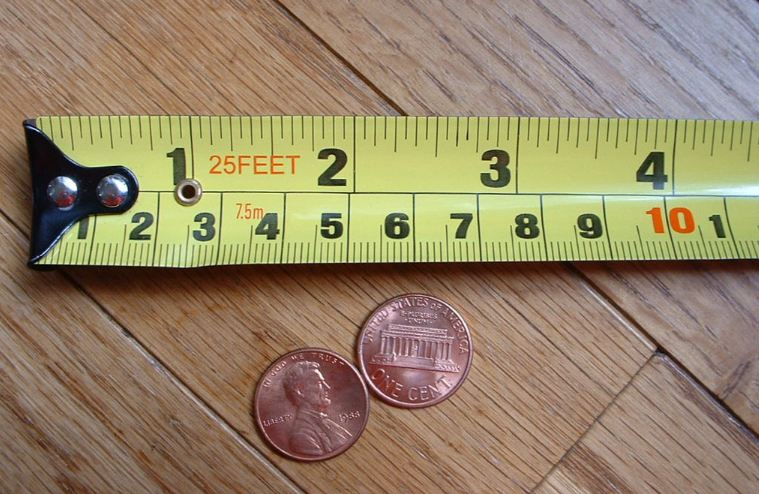Measurement is vital in our daily lives. It is a way for us to give a comparison to objects and events. Without it could cause confusion and unpleasant results to people. We use this process in various ways, such as buying clothes, food, as well as lands, cooking, baking, decorating, and many others. The use of measurement provides us the preciseness of a particular object, which is essential in several situations. Furthermore, it is widely used in most of today’s industry to ensure quality and constant production.
What is Metrology?
As most of us know, measurement is a part of mathematics called metrology – the scientific study of measurement. It creates ashared understanding of measuring units, which people use most of the time. Ever since its creation, scientists utilized it for the development of technology.
There are three basic overlapping activities for metrology, which are the definition of units of measurement, the realization of the units in practice, and traceability. Besides this fundamental activity, there are also three primary sub-fields of metrology, which are scientific or fundamental metrology; applied, technical, or industrial metrology; and lastly, legal metrology. Each of these sub-fields has its special use for particular scenarios.
Metrology is present in every country, and each of them has their own standards and laboratories to study the subject further.
What is the Origin of Metrology?
Besides the usefulness of metrology, its history is also one thing that may catch our interests. We can trace back its origin to thousands of years ago during the early BC. Although prehistoric humans already had their primitive ways of measurement, one breakthrough in the development of metrology was its standardization. That is why the earliest record of the permanent standard was in 2900 BC in Egypt. They created a way to standardize their means of measurement through the use of the royal Egyptian cubit, which is carved from black granite. They based this instrument from the body features of their pharaoh, such as the arm and hand.
The standard measurement of the Egyptians was followed by other civilizations during their period, wherein people created their own versions of units of measure. Great examples for this are the two great ancient civilizations; Greek and Roman empires. Despite the commonality of metrology during that time, everything was lost after the fall of great empires, and people did not retrieve much of the measurement knowledge established.
Fast forward to the 12th century when England established the Assize of Measure to generate standards for measuring length in 1196. This standard was followed by the creation of the measurement of wine and beer included in Magna Carta in 1215.
Interestingly, the French revolution influenced most of the modern measurement system we know today. The first record of its development was in March 1791, when the French Academy of Sciences defined the term meter. This milestone led to the development of a decimal-based metric system in 1795, mainly used for other types of measurement.
Fast forward to 1960, when the original metric system had an upgrade. During this time, the 11th General Conference on Weights and Measures decided to modernize the metric system, which led to the creation of the International System of Units or SI.
International System of Units
The International System of Units is the most used system of measurement all around the globe. It is the modern version of the early metric system developed in France. This standard form of measurement consists of various units to measure different objects, occurrences, and other phenomena. The use of such units is essential in our modern world since it helps us gain a definite value of a particular object. Furthermore, because of its standardization and modernization, every country would have a common knowledge when it comes to metrology. As mentioned earlier, there are various units of measurement to measure nearly everything around us, and each of these quantities hasits corresponding unit.
- Second – used to measure time.
- Metre – used to measure length.
- Kilogram – used to measure mass.
- Ampere – used to measure electric current.
- Kelvin – used to measure thermodynamic temperature.
- Mole – used to measure the amount of substance.
- Candela – used to measure luminous intensity.
